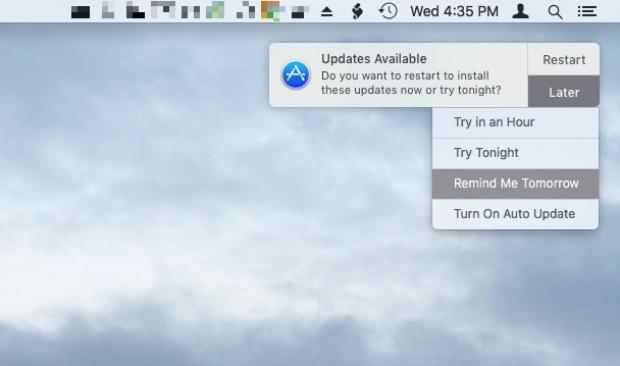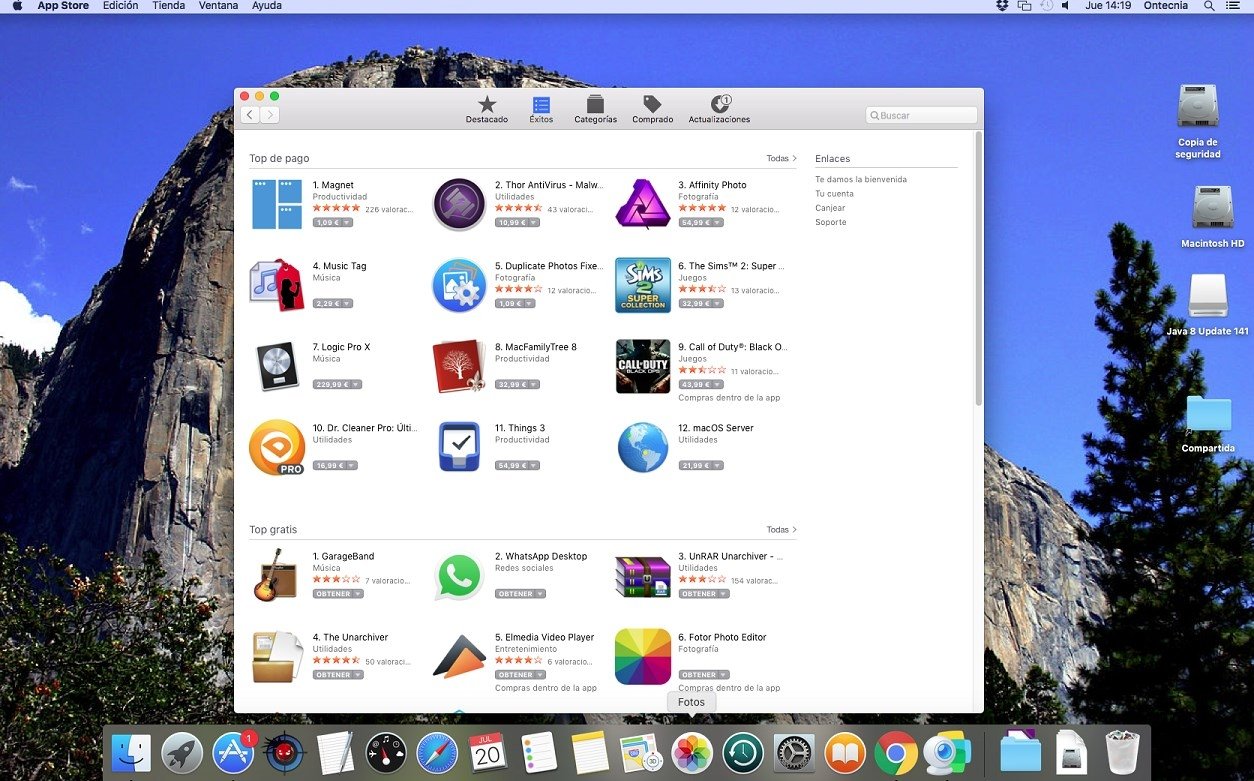Apple Install El Capitan


Sep 29, 2021 Question: Q: How do I install OS X El Capitan 10.11.6 on my Mac Mini 2009 More Less Apple Footer This site contains user submitted content, comments and opinions and is for informational purposes only. If you have an older Mac and you would like to load Mac OS X 10.11 El Capitan on it, it can be a challenge to find and download it from the Mac App Store.In. El Capitan explained. Apple has finally released its new operating system for Macs, OS X 10.11 El Capitan, which is a free download to all Mac users. El Capitan offers many subtle refinements to. An installation window will open, this does not install El Capitan but creates the Install OS X El Capitan.app. Which you will find in your Applications folder. Then you would need to create a bootable USB installer. Using the instructions here, How to create a bootable installer for macOS – Apple Support. Mac OS X EL Capitan is the twelfth major release of Mac OS X, that now named as Mac OS X, the latest version is 10.11 for Apple Inc, desktop.
On this page:
- Reinstall El Capitan on a computer alreadyrunning it
Upgrade from previous versions to OS X 10.11 (El Capitan)

Download El Capitan
- From the Apple menu, select App Store....
- When the App Store opens, search for and download El Capitan. If you don't already have an Apple ID, you'll need to create one. You can monitor the download process in the 'Purchased' section of the App Store.
- Once the download is complete, the installer should automatically open.
If it doesn't, or you don't want to complete the installation at this time, you can come back later and double-click Install OS X El Capitan in your
Applicationsfolder.Within the installer, click Continue, agree to the license agreement, and then choose the disk where you want to install El Capitan.
After you begin the installation, your computer may need to restart more than once before finishing, and then you may be asked to enter basic information.
- From the Apple menu, select App Store..., and then install any available updates.
Reinstall El Capitan on a computer already running it

Reinstall while keeping files, applications, and settings
- Restart your computer, and immediately hold down
command-runtil the gray Apple logo appears. - If prompted, select your main language and then click the arrow.
- Click Reinstall OS X, and then Continue. Follow the instructions on the screen, and then choose your hard disk. Click Install, and enter your Apple ID information if prompted.
- When the installation is complete, select App Store... from the Apple menu, and install any available updates.
Install El Capitan Download
Reinstall while erasing everything on your computer
Install Apple Configurator 2 On El Capitan
Restart your computer, and immediately hold down
command-runtil the gray Apple logo appears.- If you see a screen asking you to select your main language, choose it, and then click the arrow.
- Click Disk Utility, and then Continue.
- In Disk Utility:
- Click your hard disk in the left column, and then click the Erase tab.
- Next to 'Format:', make sure OS X Extended (Journaled) is selected. In the 'Name:' field, give your disk a name. Click Erase.
- Once it's completed, quit Disk Utility.
- Click Reinstall OS X, and then Continue:
- Follow the instructions on the screen, and then choose your hard disk.
- Click Install. If prompted, enter your Apple ID information.
- Once the installation is complete, you'll be asked to enter basic information, and have the option to transfer data from another computer or backup.
- From the Apple menu, select App Store, and then install any available updates.